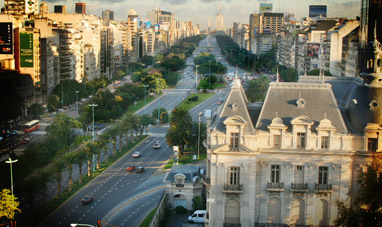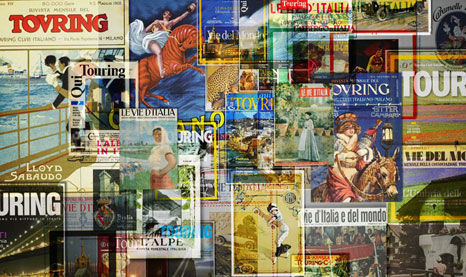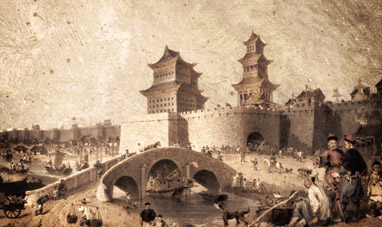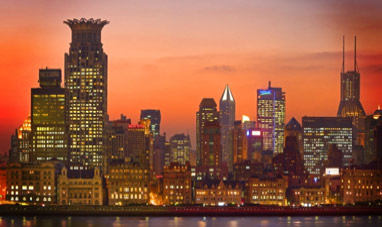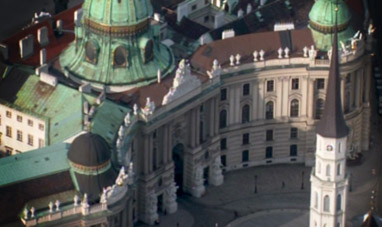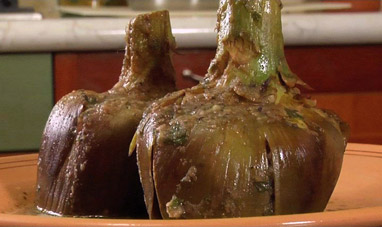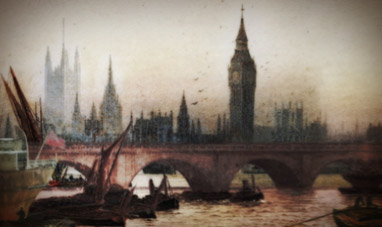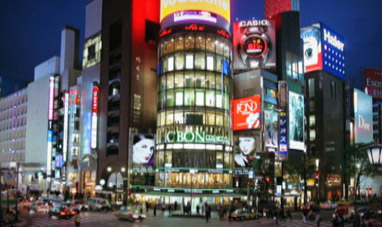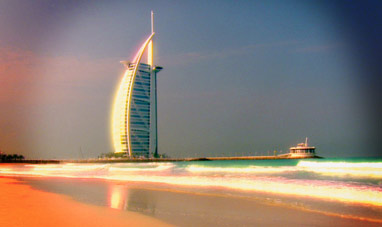Venice is a coastal city in northeastern Italy. The first human settlements in the Venetian lagoon date back to 1300 BC. The city was founded between the 5th and 6th centuries AD, when towns on the nearby mainland were invaded by barbarian tribes from northern Europe. As more and more locals took refuge on islands in the lagoon, Venice was born. The city’s real foundations consist of millions of log poles jammed into the lagoon’s muddy floor. During this period, much of northeastern Italy was ruled by the Byzantine Empire, based in today’s Istanbul. Venice was subject to Byzantium as well, but quickly managed to break away and proclaim itself an independent, republican city-state. It was headed by the Doge, who held supreme authority.
In the early 9th century, the island of Rialto was chosen as Venice’s capital. The first Doge’s palace and St. Mark’s Basilica were built there. Thanks to its strategic location, Venice became a major commercial port serving as a bridge between East and West.
Starting in the 11th century, the city embarked on a series of expeditions and conquered bridgeheads along the Adriatic Sea. Using military alliances, it procured important commercial privileges around the entire Mediterranean basin. Between the 13th and 15th centuries, Venice conquered new lands, becoming one of the most influential states of the period. By the end of the 15th century, Venice’s hegemony began to slip, and the Ottoman Empire’s advance in eastern Europe progressively reduced the lagoon city’s holdings. While Venice in the 1600s and 1700s was not as powerful as in earlier centuries, it was one of the most refined cities of its era, and home to many artists. Its Carnival celebrations, today famous all over the world, reached their highest peak during this period. In 1797, Venice was conquered and sacked by France’s Napoleon Bonaparte, permanently ending its status as an independent republic.
Various European powers occupied Venice during the first half of the 19th century. It was annexed to the Kingdom of Italy in 1866. In 1933 the Bridge of Freedom was inaugurated, spanning four kilometers across the lagoon and linking the city to the mainland. Today Venice is one of the world’s most-visited tourist destinations, but its survival is at risk. The constant and powerful waves generated by motorized ships and ferries subject the borders of the city’s canals to serious stress, raising the risk that Venice will sink into the sea. Increasingly frequent “high-water” flooding driven by ocean currents causes damage to its historic buildings. A system of mobile dykes is currently being built at the lagoon’s entrance to combat periodic flooding.
In the early 9th century, the island of Rialto was chosen as Venice’s capital. The first Doge’s palace and St. Mark’s Basilica were built there. Thanks to its strategic location, Venice became a major commercial port serving as a bridge between East and West.
Starting in the 11th century, the city embarked on a series of expeditions and conquered bridgeheads along the Adriatic Sea. Using military alliances, it procured important commercial privileges around the entire Mediterranean basin. Between the 13th and 15th centuries, Venice conquered new lands, becoming one of the most influential states of the period. By the end of the 15th century, Venice’s hegemony began to slip, and the Ottoman Empire’s advance in eastern Europe progressively reduced the lagoon city’s holdings. While Venice in the 1600s and 1700s was not as powerful as in earlier centuries, it was one of the most refined cities of its era, and home to many artists. Its Carnival celebrations, today famous all over the world, reached their highest peak during this period. In 1797, Venice was conquered and sacked by France’s Napoleon Bonaparte, permanently ending its status as an independent republic.
Various European powers occupied Venice during the first half of the 19th century. It was annexed to the Kingdom of Italy in 1866. In 1933 the Bridge of Freedom was inaugurated, spanning four kilometers across the lagoon and linking the city to the mainland. Today Venice is one of the world’s most-visited tourist destinations, but its survival is at risk. The constant and powerful waves generated by motorized ships and ferries subject the borders of the city’s canals to serious stress, raising the risk that Venice will sink into the sea. Increasingly frequent “high-water” flooding driven by ocean currents causes damage to its historic buildings. A system of mobile dykes is currently being built at the lagoon’s entrance to combat periodic flooding.








